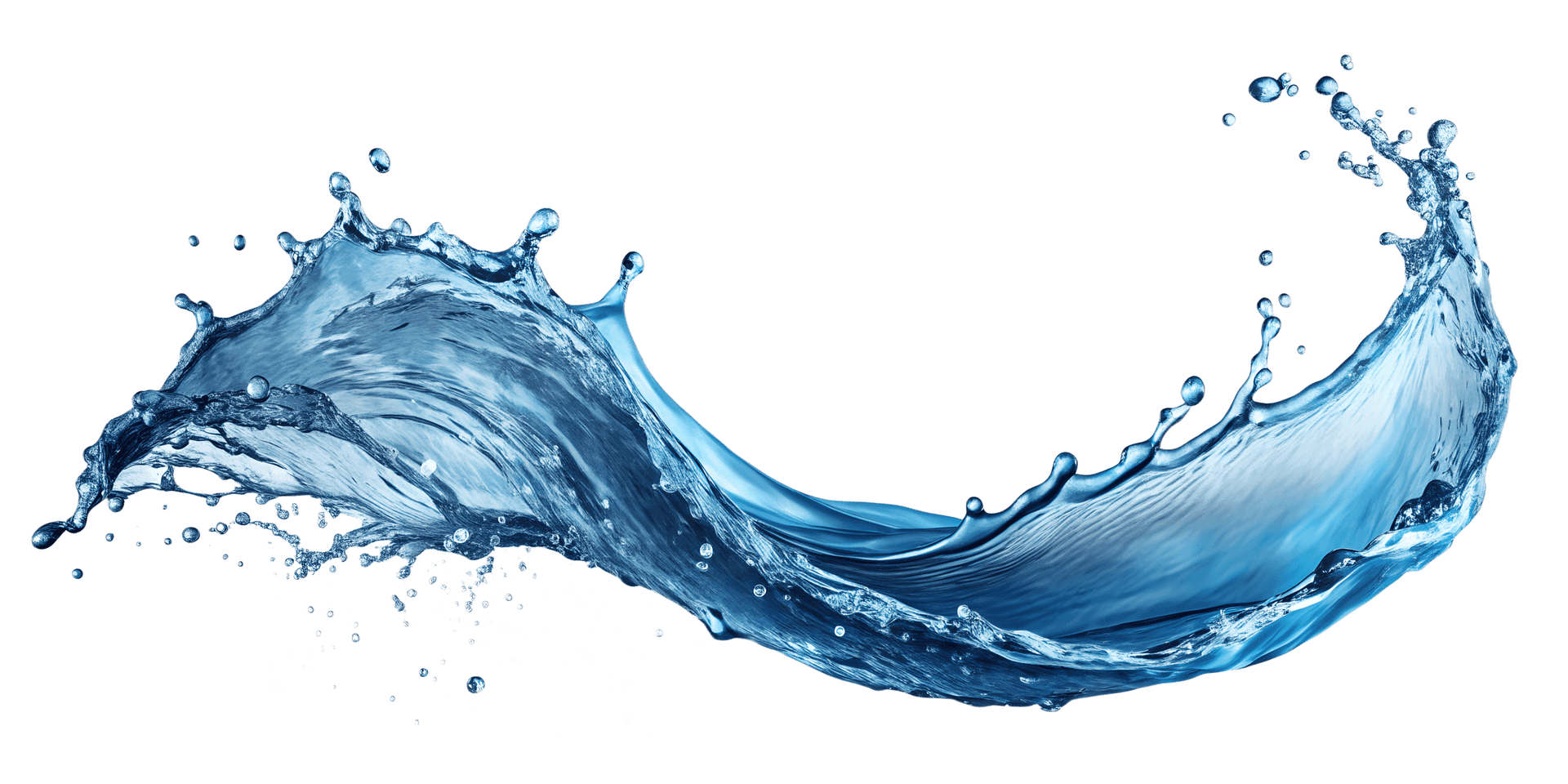The Dry Pole 1kg is a single-use product and can be disposed of as regular waste.
Yes. Silica gel beads, especially those with indicating colours (e.g. pink to blue), can usually be reactivated and reused 3 to 5 times before their performance starts to decline.
Silica gel can be reactivated by removing the absorbed moisture using heat.
Microwave
: Place silica gel beads in a microwave-safe container. Use the defrost setting for 7–12 minutes, checking frequently to avoid overheating. Do not use high heat.
Oven
: Spread the beads in a shallow tray and bake at 200–250°F (up to 120°C) for 30 minutes to 2 hours. Do not exceed 125°C.
Colour Check:
Gel is fully reactivated when it returns to its original colour (e.g. deep blue for indicating gels).
Note
: Reactivation can be repeated several times, but performance may decline due to contamination or overheating.
Yes, silica gel is generally non-toxic and safe to handle. It’s a synthetic form of sand designed to absorb moisture. Some indicating gels may contain additives that could cause mild skin irritation, but it is safe for most people.
Humans: Silica gel is chemically inert and non-toxic, but medical advice should be sought, especially for indicator gels or large quantities.
Pets: Contact a veterinarian. Risks include intestinal blockage or exposure to absorbed toxins, particularly if the sachet was used in food or medication packaging.
No. Silica gel sachets are ready to use straight out of the packaging.
Store silica gel in a sealed, airtight container. Avoid exposing it to open air for more than 15 minutes, as it will begin to absorb moisture and lose effectiveness.
Silica gel can be disposed of in household rubbish. If it has absorbed hazardous substances, follow the same disposal guidelines as the contaminant.
You can purchase a range of silica gel products directly from our website [insert link], or contact our team for bulk orders and custom solutions.
Silica Gel is a porous, granular desiccant made from amorphous silicon dioxide. It adsorbs moisture to protect products from humidity.
Silica Gel adsorbs (not absorbs) moisture onto its surface, keeping environments dry and stable.
Yes – food-grade white or orange silica gel is non-toxic. Blue silica gel is not food safe.

